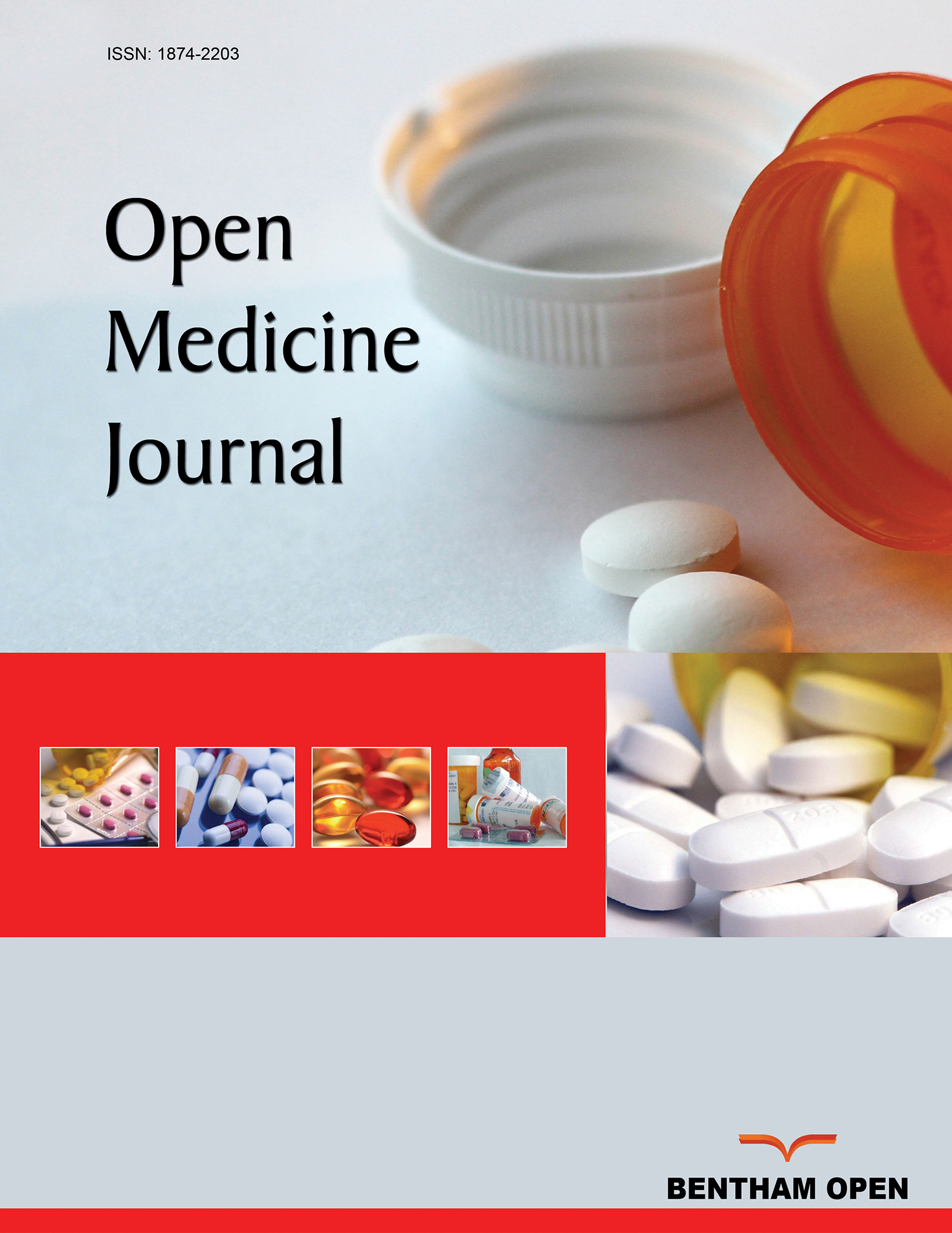All published articles of this journal are available on ScienceDirect.
Clinical Applicability of Transient Elastography for Estimating Liver Stiffness in Patients with Type 2 Diabetes Mellitus
Abstract
Background:
Type 2 diabetes mellitus (T2DM) is a risk factor for the development of non-alcoholic fatty liver disease, which can lead to liver fibrosis and ultimately to cirrhosis. Transient elastography (TE), by using the FibroScan, and is a non-invasive ultrasonography method to measure liver elasticity. TE has been related with the degree of liver fibrosis.
Objective:
To investigate the applicability of TE in daily clinical practice among T2DM patients.
Method:
In a non-academic teaching hospital, T2DM patients without a history of liver disease the degree of liver stiffness was measured using TE. Successful measurements were defined as 10 validated measurements per patient and an interquartile range (IQR) to median ratio of ≤30%.
Results:
In 90 of 126 patients (71%) valid measurements were be obtained. Among the patients with invalid measurements, 33 had < 10 valid measurements and 3 had a IQR to median ratio of <30%. The percentage of invalid measurements was 12% in patients with a BMI <30 kg/m2 and 39% in patients with a BMI ≥30 kg/m2. Among the 90 patients with valid liver stiffness measurements, the median liver stiffness was 6.7 [4.6-8.5] kPa with a IQR of measurements of 1.1 [0.6-1.8] kPa and IQR to median ratio of 17 (13-23)%.
Conclusion:
The success rate of TE measurements using the FibroScan in patients with T2DM was 71%, with a lower success rate in patients with a BMI ≥ 30 kg/m2. This diagnostic modality needs further investigation being introduced as a marker of fibrosis in daily diabetes practice.


